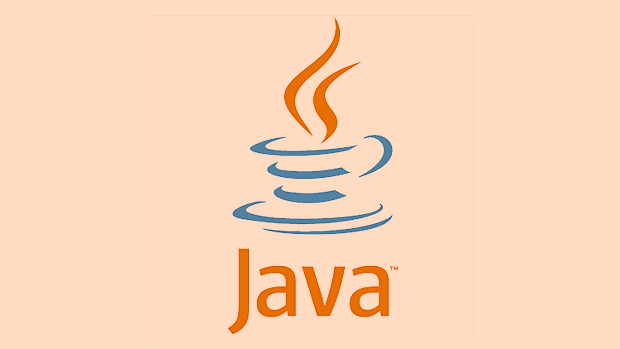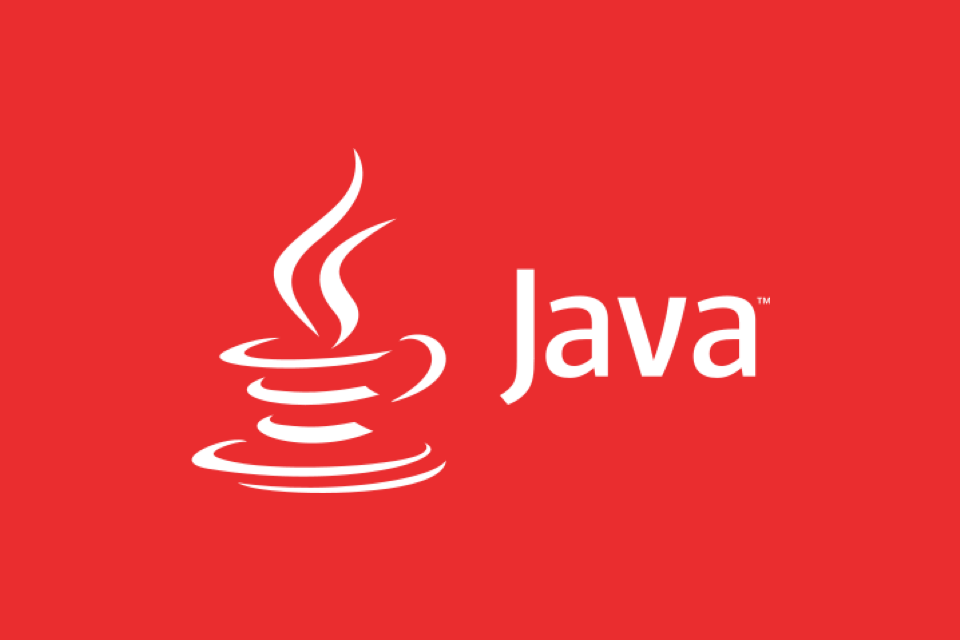The key to customizing Java exceptions is to understand the inheritance structure and select the type reasonably. 1. Identify the exception type: If the caller needs to be forced to handle it, inherit Exception (checked exception); if it is a runtime error, inherit RuntimeException (non-checked exception). 2. When creating a custom exception class, you should provide no parameters, string parameters and constructors with exception reasons to ensure availability. 3. In the project, it should be properly thrown at business logic key points, such as login failure, verification failure, etc., and a unified response should be combined with global exception handling. At the same time, note that the detected exception needs to be declared try-catch or throws. 4. Avoid over-customization and prioritize reusing standard exceptions such as IllegalArgumentException, which are only customized when they cannot be accurately described to improve code clarity and maintainability.

It is actually not difficult to customize exceptions in Java. The key is to understand the inheritance structure of the exception class and choose whether to inherit Exception or RuntimeException according to your needs. Let’s talk about how to do it from a few practical perspectives.

1. Identify your exception type: tested or not tested?
Java exceptions are divided into two categories: checked exceptions and unchecked exceptions.
- If you want the caller to have to handle this exception, let it inherit
Exception. - If it is only used for runtime errors and does not require forced capture or declaration throwing, then inherit
RuntimeException.
For example: You are developing a tool class. If an illegal parameter is passed in a method, a runtime exception can be thrown; and if you are dealing with file reading failures, you usually need a checked exception.

2. Create the basic structure of a custom exception class
Creating a custom exception class is very simple. Generally, you only need to write one class, inherit the appropriate parent class, and provide several constructors.
for example:

public class InvalidUserInputException extends Exception {
public InvalidUserInputException() {
super();
}
public InvalidUserInputException(String message) {
super(message);
}
public InvalidUserInputException(String message, Throwable cause) {
super(message, cause);
}
}This way you can use it in your code:
if (input == null) {
throw new InvalidUserInputException("Input cannot be empty");
}3. Use it reasonably in actual projects
Custom exceptions are not added casually, their significance lies in clearly expressing exceptions in business logic . for example:
- throws a custom exception when user login fails
InvalidCredentialsException - Throw
ValidationFailedExceptionwhen data verification fails
These exceptions can be handled uniformly in the global exception handler and returned to the front-end more friendly error message.
Also, don't forget to use it in combination with try-catch or throws:
- If it is a checked exception, either catch or declare throws on the method
- Unchecked exceptions can be thrown directly without explicit processing
4. Don't over-customize
Although custom exceptions are very useful, don't create a new class for every small problem. In some cases, it is enough to directly reuse the standard library exception, such as:
-
IllegalArgumentException: The parameters are not appropriate -
IllegalStateException: The status is incorrect -
UnsupportedOperationException: The operation is not supported
Consider customization only if these standard exceptions cannot accurately describe your business scenario.
Basically that's it. Custom exceptions are not complicated in themselves, but using them well can make the code clearer and easier to maintain.
The above is the detailed content of How to create a custom exception in Java?. For more information, please follow other related articles on the PHP Chinese website!

Hot AI Tools

Undress AI Tool
Undress images for free

Undresser.AI Undress
AI-powered app for creating realistic nude photos

AI Clothes Remover
Online AI tool for removing clothes from photos.

Clothoff.io
AI clothes remover

Video Face Swap
Swap faces in any video effortlessly with our completely free AI face swap tool!

Hot Article

Hot Tools

Notepad++7.3.1
Easy-to-use and free code editor

SublimeText3 Chinese version
Chinese version, very easy to use

Zend Studio 13.0.1
Powerful PHP integrated development environment

Dreamweaver CS6
Visual web development tools

SublimeText3 Mac version
God-level code editing software (SublimeText3)

Hot Topics
 Difference between HashMap and Hashtable?
Jun 24, 2025 pm 09:41 PM
Difference between HashMap and Hashtable?
Jun 24, 2025 pm 09:41 PM
The difference between HashMap and Hashtable is mainly reflected in thread safety, null value support and performance. 1. In terms of thread safety, Hashtable is thread-safe, and its methods are mostly synchronous methods, while HashMap does not perform synchronization processing, which is not thread-safe; 2. In terms of null value support, HashMap allows one null key and multiple null values, while Hashtable does not allow null keys or values, otherwise a NullPointerException will be thrown; 3. In terms of performance, HashMap is more efficient because there is no synchronization mechanism, and Hashtable has a low locking performance for each operation. It is recommended to use ConcurrentHashMap instead.
 Why do we need wrapper classes?
Jun 28, 2025 am 01:01 AM
Why do we need wrapper classes?
Jun 28, 2025 am 01:01 AM
Java uses wrapper classes because basic data types cannot directly participate in object-oriented operations, and object forms are often required in actual needs; 1. Collection classes can only store objects, such as Lists use automatic boxing to store numerical values; 2. Generics do not support basic types, and packaging classes must be used as type parameters; 3. Packaging classes can represent null values ??to distinguish unset or missing data; 4. Packaging classes provide practical methods such as string conversion to facilitate data parsing and processing, so in scenarios where these characteristics are needed, packaging classes are indispensable.
 What are static methods in interfaces?
Jun 24, 2025 pm 10:57 PM
What are static methods in interfaces?
Jun 24, 2025 pm 10:57 PM
StaticmethodsininterfaceswereintroducedinJava8toallowutilityfunctionswithintheinterfaceitself.BeforeJava8,suchfunctionsrequiredseparatehelperclasses,leadingtodisorganizedcode.Now,staticmethodsprovidethreekeybenefits:1)theyenableutilitymethodsdirectly
 How does JIT compiler optimize code?
Jun 24, 2025 pm 10:45 PM
How does JIT compiler optimize code?
Jun 24, 2025 pm 10:45 PM
The JIT compiler optimizes code through four methods: method inline, hot spot detection and compilation, type speculation and devirtualization, and redundant operation elimination. 1. Method inline reduces call overhead and inserts frequently called small methods directly into the call; 2. Hot spot detection and high-frequency code execution and centrally optimize it to save resources; 3. Type speculation collects runtime type information to achieve devirtualization calls, improving efficiency; 4. Redundant operations eliminate useless calculations and inspections based on operational data deletion, enhancing performance.
 What is an instance initializer block?
Jun 25, 2025 pm 12:21 PM
What is an instance initializer block?
Jun 25, 2025 pm 12:21 PM
Instance initialization blocks are used in Java to run initialization logic when creating objects, which are executed before the constructor. It is suitable for scenarios where multiple constructors share initialization code, complex field initialization, or anonymous class initialization scenarios. Unlike static initialization blocks, it is executed every time it is instantiated, while static initialization blocks only run once when the class is loaded.
 What is the Factory pattern?
Jun 24, 2025 pm 11:29 PM
What is the Factory pattern?
Jun 24, 2025 pm 11:29 PM
Factory mode is used to encapsulate object creation logic, making the code more flexible, easy to maintain, and loosely coupled. The core answer is: by centrally managing object creation logic, hiding implementation details, and supporting the creation of multiple related objects. The specific description is as follows: the factory mode handes object creation to a special factory class or method for processing, avoiding the use of newClass() directly; it is suitable for scenarios where multiple types of related objects are created, creation logic may change, and implementation details need to be hidden; for example, in the payment processor, Stripe, PayPal and other instances are created through factories; its implementation includes the object returned by the factory class based on input parameters, and all objects realize a common interface; common variants include simple factories, factory methods and abstract factories, which are suitable for different complexities.
 What is the `final` keyword for variables?
Jun 24, 2025 pm 07:29 PM
What is the `final` keyword for variables?
Jun 24, 2025 pm 07:29 PM
InJava,thefinalkeywordpreventsavariable’svaluefrombeingchangedafterassignment,butitsbehaviordiffersforprimitivesandobjectreferences.Forprimitivevariables,finalmakesthevalueconstant,asinfinalintMAX_SPEED=100;wherereassignmentcausesanerror.Forobjectref
 What is type casting?
Jun 24, 2025 pm 11:09 PM
What is type casting?
Jun 24, 2025 pm 11:09 PM
There are two types of conversion: implicit and explicit. 1. Implicit conversion occurs automatically, such as converting int to double; 2. Explicit conversion requires manual operation, such as using (int)myDouble. A case where type conversion is required includes processing user input, mathematical operations, or passing different types of values ??between functions. Issues that need to be noted are: turning floating-point numbers into integers will truncate the fractional part, turning large types into small types may lead to data loss, and some languages ??do not allow direct conversion of specific types. A proper understanding of language conversion rules helps avoid errors.






